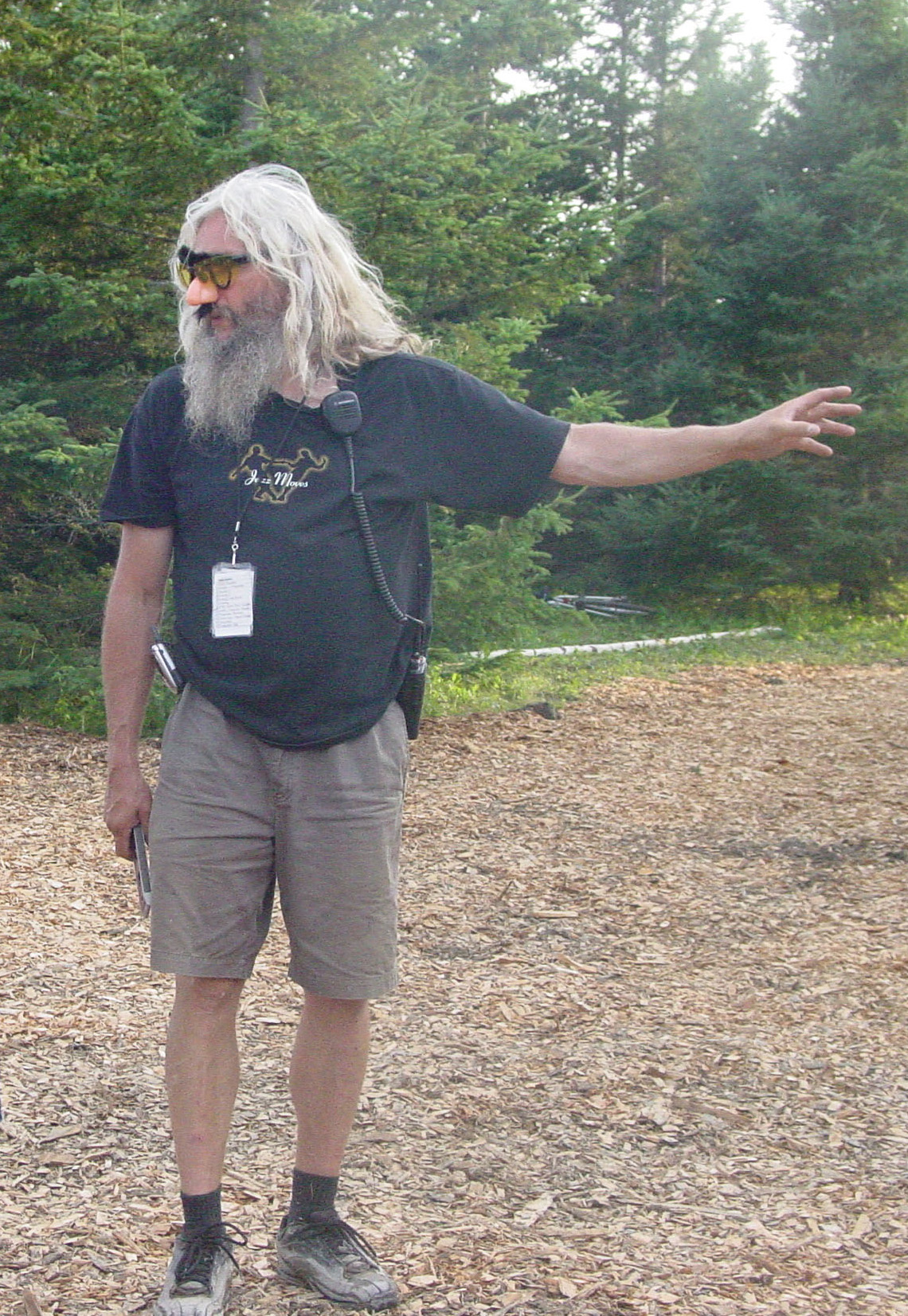From ‘The Ball Street Journal’: Behind the Scenes with Russ Bennett

Photo by Dean Budnick
Russ Bennett is, by all means, an artist, although he would never describe himself as one. The Vermont resident has overseen and created art installations for all of Phish’s festivals and several of their other events—beginning with Clifford Ball in 1996—and he also dreams up otherworldly designs for large-scale gatherings like Bonnaroo and Outside Lands.
But, when asked about his role, he simply describes himself as a visual designer. “Art is always a part of life,” he said shortly before Magnaball, where he will once again lead a creative visual team. “And from a pure art standpoint, oftentimes, Phish gives us the most leeway to create.”
How would you describe your role at Phish’s festivals and multi-band events like Bonnaroo and Outside Lands?
What I do really varies, but I help coordinate any of the artistic pieces that happen at a lot of these festivals. Sometimes we are designing specifically for an event, and our [own experience] happens—and there’s some percentage of that happening here. But, for the vast majority of events we are part of, we work with a lot of different people in all kinds of mediums: painters, sculptors and builders, who bring the things together. It’s a static group of people. Promoters sometimes have their own vision of want they to have happen, and some of the people they want to work with. Oftentimes, we are in the role of just helping to bring it to fruition.
Can you talk about your background as an artist? Were you always interested in the visual arts and did you grow up in a musical family?
It’s funny, [it’s] circuitous. I grew up in a pretty middle-class family. My mom was a piano player, among other things, and she played piano for fun. We grew up with all sorts of music—from classical to ragtime to The Beatles and whatever else came along. We always went to museums. Art is always a part of life, but I often don’t really consider myself an artist, although we do make art. I have a planning background and also have a design and building/construction company. Architecture is art: It’s the blending of many of the human arts, just in a large sculptural form. It affects human behavior.
The first festival I worked on was Phish’s Clifford Ball. That was our very first foray into this. We knew we wanted to create something that hadn’t really been created here in the States, which was a sense of place. These [festivals] are really cities so for thatfirst one, we created what we call “Ball Square”—it was for Clifford Ball—a little square, like a park, so people could congregate there. And, it was all based on artistic representations of things that we thought of. That’s how it all started, and we’ve grown from there. We have the great fortune to collaborate with a lot of people. Phish are incredible supporters of the arts. It’s admirable.
Can you describe your process when creating the visual design theme for Phish’s festivals? Does the band or promoter bring ideas to you or do you come up with them on your own?
With Phish, it’s a little bit about however the name gets chosen—there’s a big thought process behind that. And a thread starts to come out of that thought process, and we try to expand on it. It’s not always literally. It is more threads of ideas and energy and those kinds of things. Then we start to have good ideas and bad ideas. You have to have some bad ideas so you can get the good idea. So we collaborate on different ideas and figure out which ones might stick and which ones might not. Then we start to put together a group of people and bring their own flavor to some of those things. It’s a bit like weaving a tapestry in a way.
This is going to sound a little goofy to you, but we’re fortunate to work with people we like and we give it our all every time. Everyone gets 110 percent of our attention, so it’s not like some events are not memorable. They’re all memorable. Some of them are larger and have a bigger footprint or impact like all of Phish’s festivals.
I’m at Outside Lands right now, which is an incredible festival. The art has grown and grown, the food components have really grown and the music has always been good. It’s one of the few festivals that sells out in hours. And from a pure art standpoint, oftentimes, Phish gives us the most leeway to create.
For us, the planning and overview gives us a foundation for the placement of art, and how human behavior is affected by flow. We don’t just take pieces and put them somewhere. We think of how people are going [from] one place to another, how we want to affect their behavior and what we want them to discover on their path. It’s a multi-day event and you’re not just trying to get them to go to a bar or the subway in the quickest, shortest, graphic way. It just gets more exciting all the time, which is a wonderful, wonderful thing.
How has your job changed since you started?
In some ways, not a lot; in others, we have more people helping us. We have logistics, and know how to make sure everybody’s got the right credential and they know where to go—that kind of stuff. It’s a little less “seat of the pants,” though we are always sort of living by the seat of our pants.



















